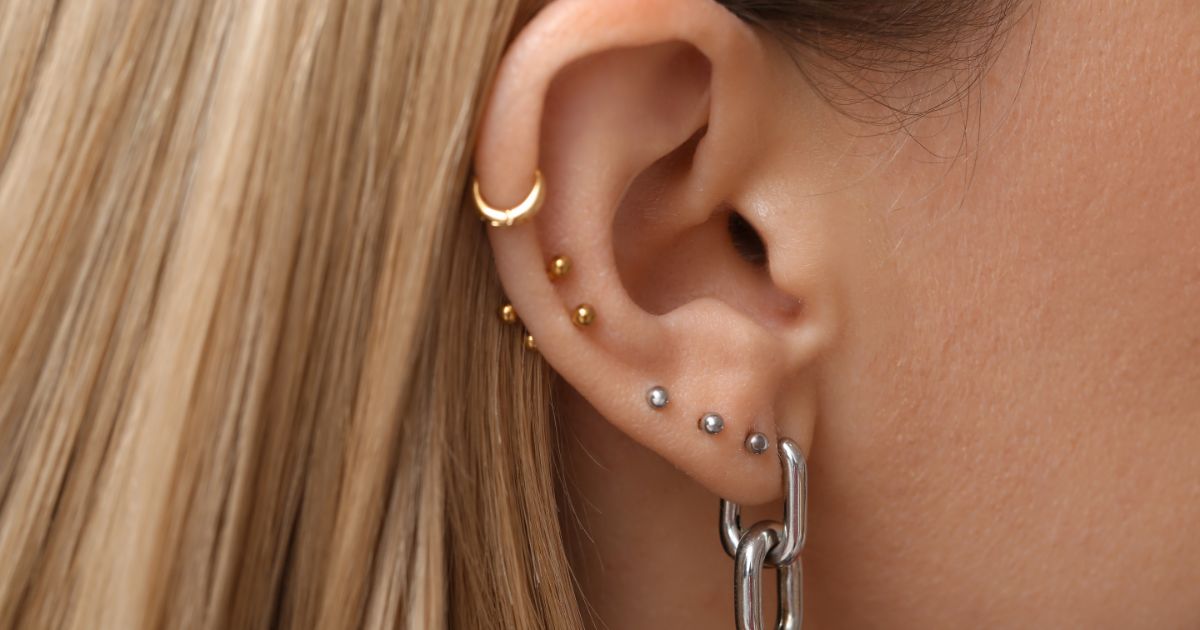What is Body Art? Characteristics, History & Types
Body art is a captivating and multifaceted form of creative expression that uses the human body as its primary canvas. This ancient practice transcends mere decoration, often carrying profound meanings, stories, and symbols that resonate deeply with both the wearer and the observer.
This article delves into the fascinating world of body art, exploring its history, defining characteristics, and the diverse range of practices it encompasses. We'll journey through time, examining the cultural significance of body art, as well as discover the different ways people use their bodies as a canvas for artistic expression. So, get ready to be amazed by the creativity from stories etched, painted, and pierced into the human form.
What is Body Art?
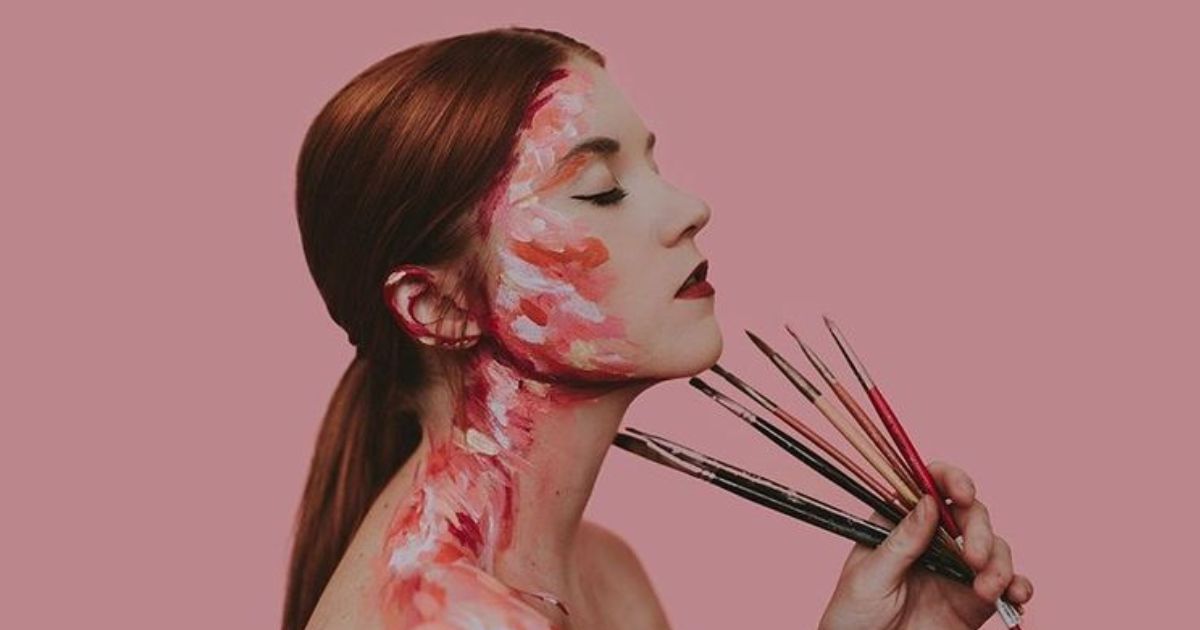
Body art is a broad term encompassing various art forms that use the human body itself as the canvas or medium for artistic expression. It encompasses a wide range of techniques and styles, reflecting the diverse ways in which people around the world use their bodies as a canvas for art. Body art can be temporary or permanent and is often used for aesthetic, cultural, personal, or symbolic reasons.
In general, body art is a creative exploration that pushes the boundaries of traditional art and challenges our perceptions of the body.
History of Body Art
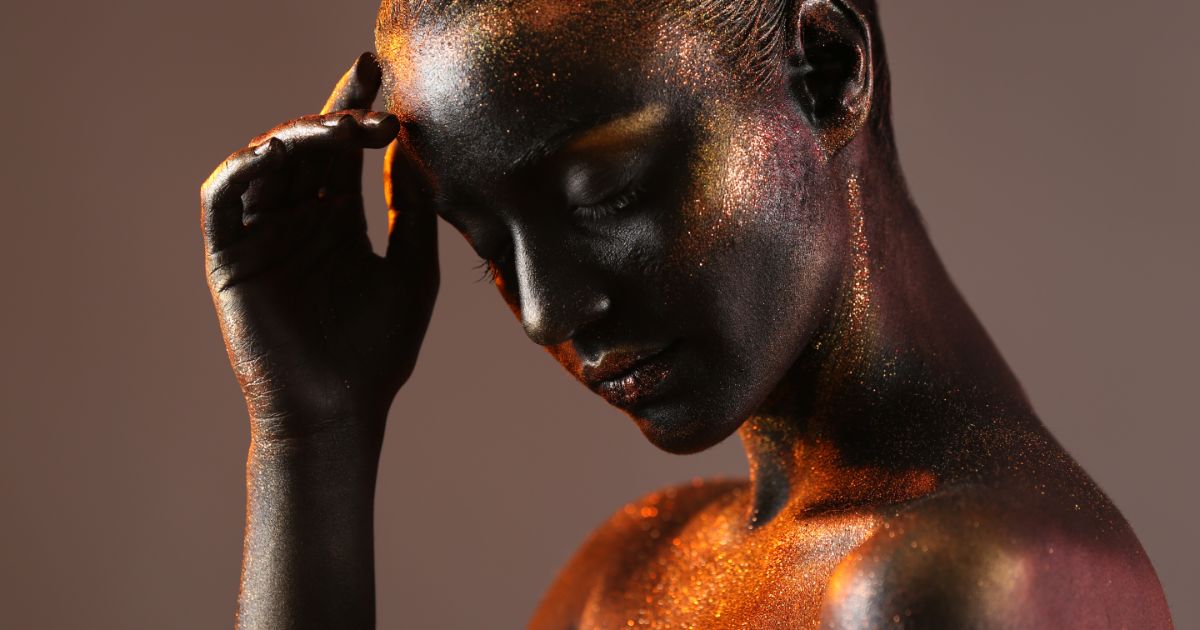
The history of body art is vast and stretches far back into human history. It's a testament to our desire to use our bodies for self-expression, cultural identity, and even religious purposes. Here's a glimpse into this fascinating journey:
Ancient Roots
Evidence suggests body art practices like scarification and body painting have existed for millennia. These practices likely held cultural significance, signifying status, religious beliefs, or marking life stages. Ötzi the Iceman, a well-preserved mummy from 3200 BC, has tattoos that may have served therapeutic purposes.
Many cultures around the world have incorporated body art into their traditions. Scientists have found the intricate body paintings of indigenous Australian tribes to the decorative tattoos of the Maori people in New Zealand. A long time ago, body art served as a marker of identity, social status, and spiritual beliefs.
Across Continents
Scarification, body painting, and the use of beads and other ornaments have been prevalent in various African cultures for centuries. These practices often signify coming of age, social status, or affiliation with a specific tribe.
In a land rich in cultural identity like Asia, Henna tattoos, a form of temporary body art, have been used in South Asia and the Middle East for centuries for decoration or cultural celebrations. In Japan, full-body tattoos were once associated with the Yakuza, a notorious criminal organization.
The Western World
According to the timeline from Western history, body art was less prominent. The Judeo-Christian tradition often discouraged permanent body modifications. However, decorative body painting and the use of jewelry were present in some cultures.
Until the 20th century, body art experienced a revival in the West. Tattooing gained popularity, particularly among sailors and bikers. The 1960s counterculture embraced body art as a form of self-expression and rebellion against societal norms.
Body Art as a Movement
Body art emerged as a distinct art movement in the 1960s and 70s. Artists like Yves Klein and Marina Abramović used their bodies as canvases or tools for performance art, blurring the lines between art and the human experience.
At that time, body art became a way for artists to explore themes of identity, gender, sexuality, and the body itself. Going beyond common sense, feminist artists often used their bodies for performances to challenge societal expectations of women.
Body Art Today
Body art, particularly tattoos and piercings, has become increasingly mainstream in recent decades. It's a widely accepted form of self-expression and personal identity.
Nowadays body art continues to evolve, with new techniques and materials emerging. From scarification techniques with a focus on minimal scarring to biohacking that integrates technology with the body, we can see the future of body art promises exciting possibilities.
Characteristics of Body Art
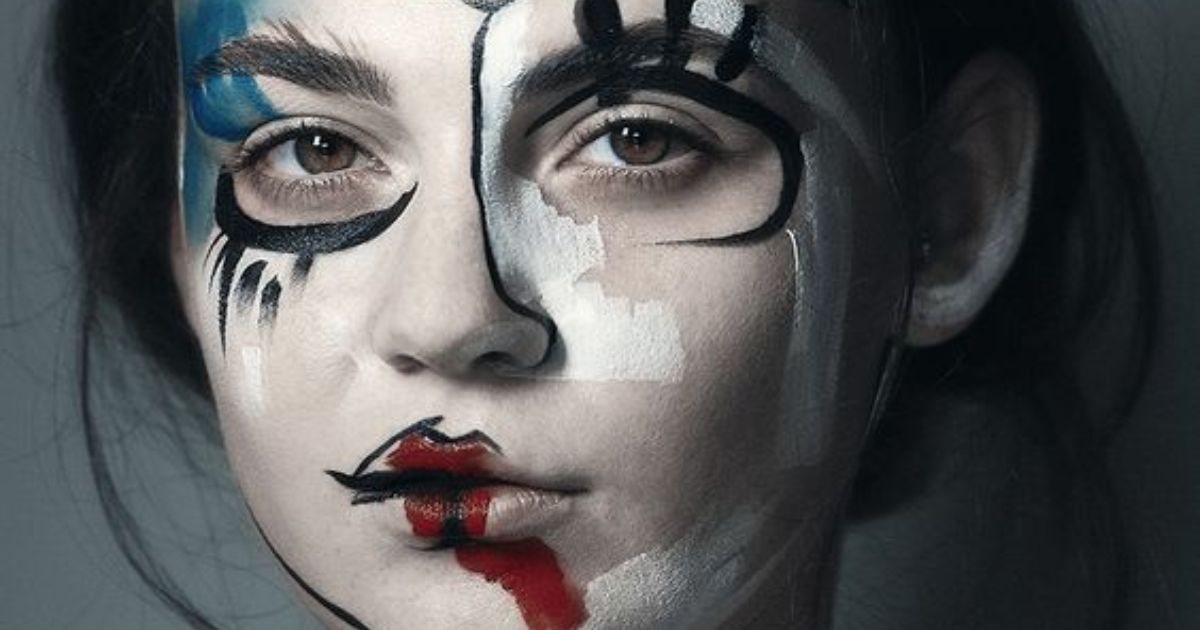
Body art, in all its diverse forms, possesses several key characteristics that distinguish it from traditional art forms:
Ephemeral Nature
The ephemeral nature of body art is a fascinating aspect that sets it apart from traditional art forms. Unlike paintings or sculptures meant to last centuries, body art exists in a temporary state, constantly evolving or disappearing altogether. Body painting, henna tattoos, and makeup artistry are meant to last only a short time before they fade or are washed away. Even tattoos and piercings, while permanent, can transform over time. The body itself changes, as well as the meaning we attach to the art may mutate. Fading ink or stretched piercings become a part of the art's story. Scars or stretch marks can become part of the artwork, adding a layer of personal history.
The ephemeral nature of body art doesn't diminish its value or impact. In fact, it adds a layer of depth and meaning, reminding us to appreciate the beauty of the present moment in the same as the ever-changing nature of our bodies. Even the temporary nature of body art can be seen as a reflection of our own mortality.
Self-Expression and Identity
Body Art is a powerful medium for self-expression and identity, conveying personal narratives, beliefs, and emotions through their bodies. For instance, tattoos can commemorate significant life events, memorialize loved ones, or symbolize personal milestones. Through Body Art, individuals can express a wide range of emotions, whether it's joy, sorrow, anger, or love, using their bodies as canvases to bear deep and complex feelings.
Cultural heritage and social identity are often described through Body Art. Many forms of Body Art, such as henna designs, tribal tattoos, and scarification practices, carry cultural significance which are used to celebrate heritage. Additionally, Body Art can signify belonging to a particular group or community. Shared symbols or styles create a sense of unity within subcultures or communities. Body Art also serves as a medium for social commentary, with artists and individuals using it to challenge societal norms, provoke thought, or inspire dialogue on social issues.
For many, Body Art is a way to confidently show their gender identity. Tattoos, piercings, and body modifications can help individuals align their physical appearance with their gender identity. Body Art has symbols, colors, and designs communicating aspects of one’s sexual orientation or preferences.
Do you know Body Art has magical power in doing transformation and healing? Engaging in Body Art can be a therapeutic process, helping individuals heal from trauma, cope with loss, or mark the end of a difficult period. Body Art is an empowering act that allows them to reclaim and embrace their bodies, transforming their self-perception.
Many people use Body Art as a fashion statement, incorporating tattoos, piercings, and body paint into their personal style. Influenced by popular culture, celebrities, and fashion trends, Body Art evolves over time, reflecting contemporary tastes.
Types of Body Art
Body Art encompasses a wide range of practices and techniques that use the human body as a medium for artistic expression. Here are some key types of Body Art:
Tattoos
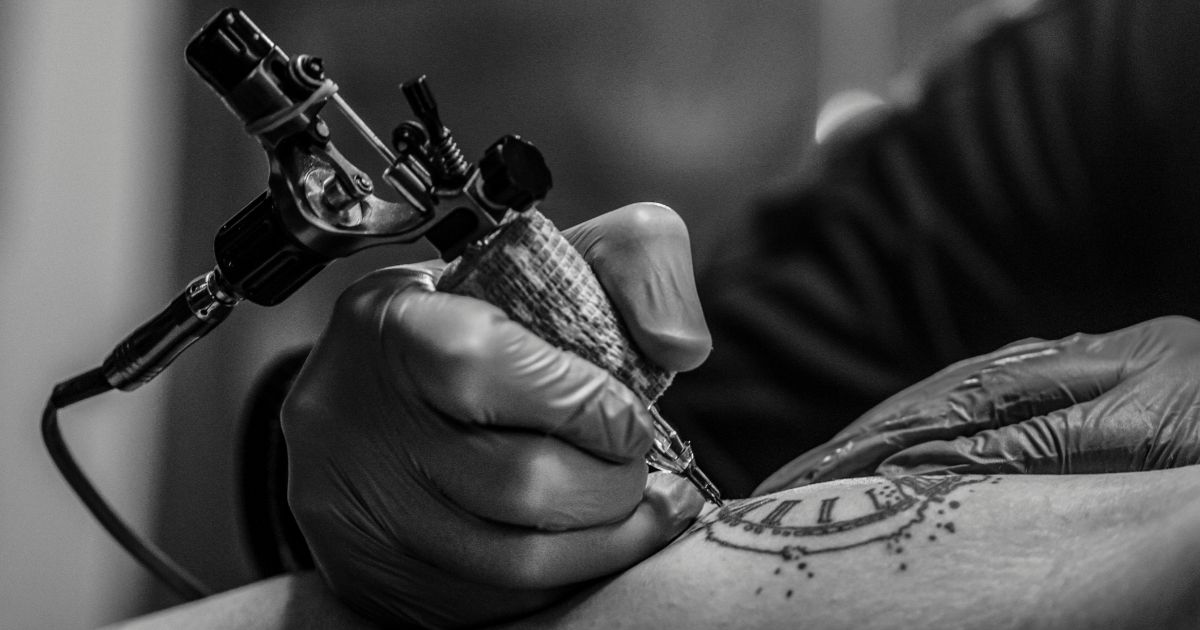
Tattoos, the permanent inking of designs onto the skin, are a popular form of body art with a rich history and diverse cultural significance. The beauty of tattoos lies in their customization. People can choose meaningful symbols, quotes, imagery or create entirely original designs that reflect their personalities, interests, or experiences.
History and Cultural Significance
Tattoos have been practiced for thousands of years across various cultures. Evidence of tattooing has been found on mummies and ancient human remains dating back to at least 5,000 years. In ancient Egypt, tattoos were used for therapeutic and protective purposes. The Pazyryk mummies from Siberia, dating back to around 500 BCE, also show intricate tattoo designs that were likely symbols of status.
In many cultures, tattoos hold deep cultural significance. For example, in Polynesian cultures, traditional tattoos (tā moko) are seen as rites of passage and indicators of social status. Similarly, in Japanese culture, Irezumi tattoos are traditional body art that convey various symbolic meanings related to protection, spirituality, and societal roles.
Techniques Modern Tattooing
Modern tattooing is typically made by an electric tattoo machine, which uses a needle to puncture the skin and insert ink. The process begins with a design, which can be custom-made or chosen from flash art. The artist then outlines the design on the skin, followed by shading and coloring.
Rebellion and Conformity
The popular opinion is that tattoos have been associated with rebellion and non-conformity. According to strict social norms, they were used by marginalized groups as symbols of defiance against mainstream norms. Today, while tattoos have become more mainstream, they still carry an element of counter-culture for some individuals.
Artistic and Social Statements
Many people use tattoos to make artistic reflect social statements. Tattoos can transport political messages or challenge cultural norms. For instance, tattoos that incorporate feminist symbols, LGBTQ+ pride imagery, or environmental themes serve as visual affirmations of the wearer’s values and beliefs.
Body Painting
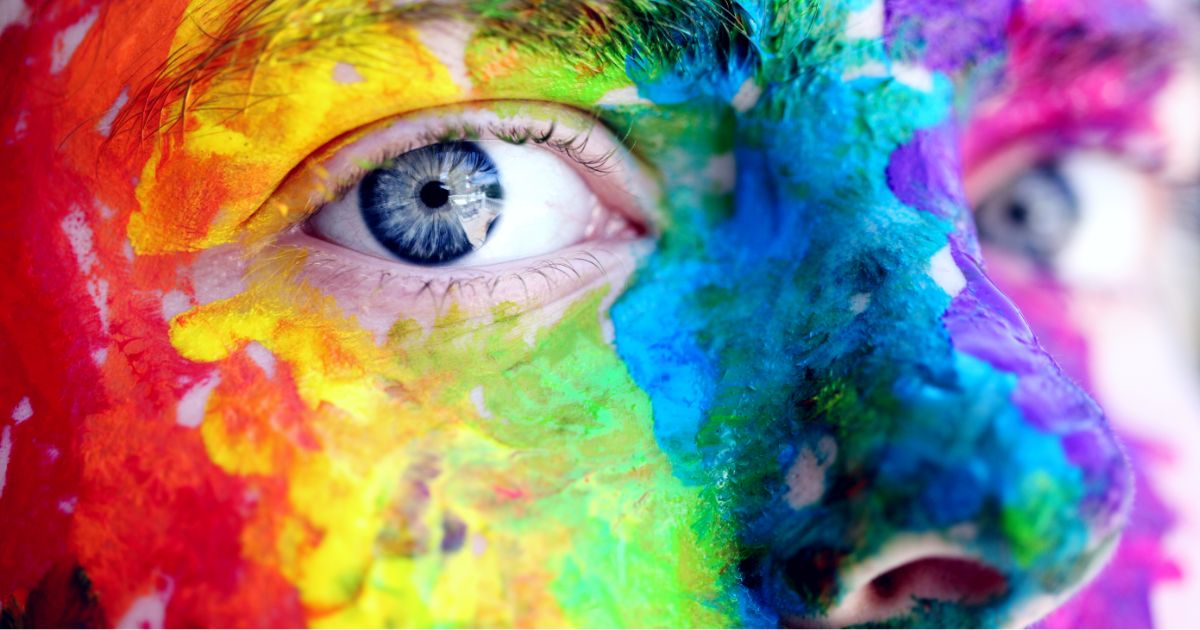
Body painting is a vibrant art form that transforms the human body into a living canvas. From playful designs to elaborate masterpieces, it offers a unique way for self-expression, storytelling, and artistic exploration. Unlike tattoos, body painting is temporary, typically lasting from a few hours to a few days. It is a versatile medium that encompasses various styles, techniques, and purposes.
History and Cultural Significance
Body painting has been practiced for thousands of years across various cultures. Indigenous tribes in Africa, Australia, and the Americas have used body paint for ceremonial purposes, rituals, or cultural expressions. A long time ago, the indigenous peoples of Australia used ochre and other natural pigments to draw intricate designs that hold spiritual significance.
Fashion and Photography
Body painting is popular in the fashion and photography industries. Models are often painted for photo shoots, advertisements, and fashion shows, where the body paint enhances the visual impact of the images as well as creates unique, eye-catching designs.
Festivals and Competitions
Body painting festivals and competitions are held worldwide, showcasing the talents of body artists. Events like the World Bodypainting Festival in Austria attract enthusiasts from around the globe, they celebrate together the creative beauty of this art form.
Techniques and Styles
Traditional body painting techniques utilize brushes and sponges to apply paint to the skin. Artists use different brush sizes and sponge textures to achieve various effects, from fine details to broad strokes.
Airbrushing
Airbrushing brings a smooth and even application of paint. Airbrushes can create detailed and realistic effects, making them ideal for high-precision, intricate designs.
UV and Glow-in-the-Dark Paint
UV body paints, also known as blacklight paints, glow under ultraviolet light, building stunning effects in dark environments. These paints are often serviced in clubs, parties, and performances to create vibrant, glowing designs.
Special Effects and Prosthetics
Body painting can be combined with special effects makeup and prosthetics to create three-dimensional or hyper-realistic designs. This technique is commonly applied in film, theater, and haunted attractions to transform models into fantastical creatures or characters.
Henna (Mehndi)
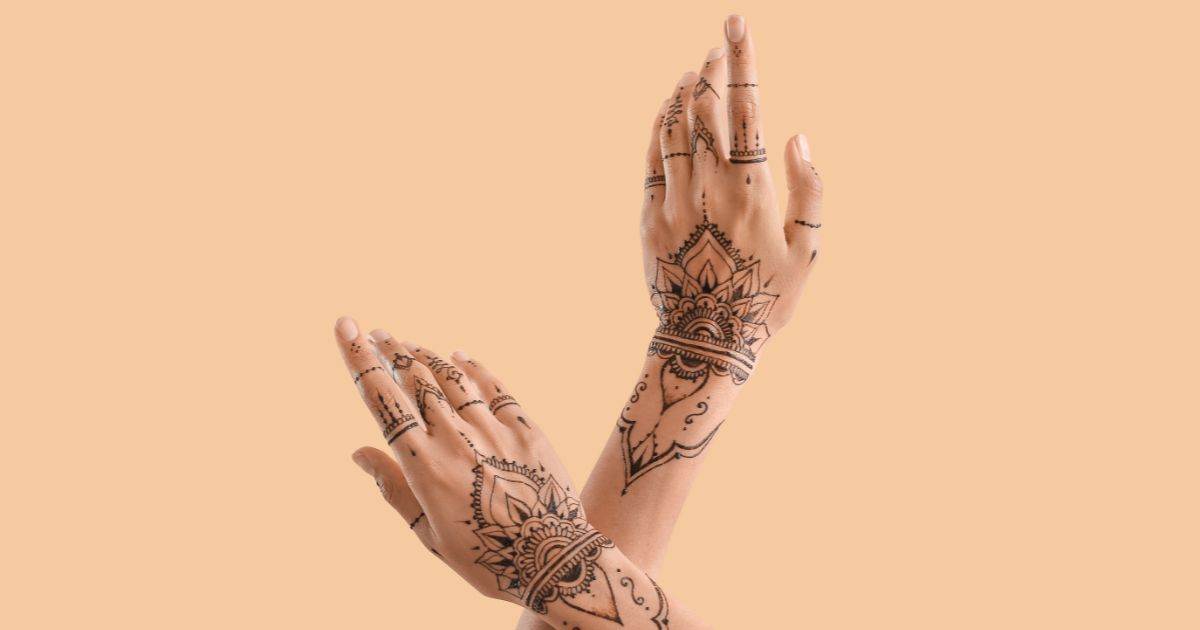
Henna, also known as mehndi - a unique form of body art steeped in cultural traditions and artistic expression. Henna is a paste derived from the powdered leaves of the henna plant (Lawsonia inermis) to the skin to create temporary designs.
History and Cultural Significance
Henna has been used for over 5,000 years for cosmetic and ceremonial purposes. Archaeological evidence suggests its use in ancient Egypt, where it was applied to the nails and hair, as well as on mummies for ritualistic purposes.
In many cultures, henna is applied during significant life events and celebrations. Especially Indian, Pakistani, Arab, and North African cultures in weddings, religious festivals, or other rites of passage. The intricate patterns are believed to bring good luck, happiness, and protection.
Preparing the Henna Paste
The henna paste is made by mixing the henna powder with a liquid, usually lemon juice, and sometimes with essential oils like eucalyptus or tea tree oil to enhance color and longevity. The mixture is then allowed to sit for several hours to release the dye.
Creating Designs
The henna paste is applied to the skin using various tools, such as cones, sticks, or brushes. Traditional designs often include intricate patterns of flowers, paisleys, and geometric shapes. Once applied, the paste is left on the skin to dry and stain. The longer the paste remains on the skin, the darker the stain will be. After drying, the paste is gently scraped off, leaving a reddish-brown stain that darkens over the next 24-48 hours.
Bridal Mehndi
Bridal henna is an elaborate part of wedding preparations. The designs can cover the hands, arms, feet, and legs, often including the bride with the groom's names hidden within the patterns. Bridal mehndi symbolizes joy, beauty, spiritual awakening, and the bond of matrimony.
Festivals and Celebrations
Henna is also applied during festivals such as Eid, Diwali, and Karva Chauth. During these occasions, women adorn their hands and feet with henna designs, which can range from simple patterns to complex motifs representing cultural themes.
Traditional and Contemporary Styles
Traditional henna designs vary by region. Indian designs are often intricate, filled with fine lines and elaborate details. Arabic designs tend to be more flowingly floral, while African patterns are boldly geometric. Contemporary henna artists also experiment with modern motifs, blending traditional elements with new artistic expressions.
Natural vs. Black Henna
Natural henna is generally safe, made from pure henna leaves. However, some products marketed as "black henna" contain harmful chemicals like para-phenylenediamine (PPD) that can cause severe skin reactions. Please consider using only natural henna and avoid products with additives.
Skin Sensitivity
Even natural henna can cause allergic reactions in some individuals. You should perform a patch test before applying henna extensively, especially for those with sensitive skin.
Piercings
Piercings are a form of body modification where jewelry is inserted into openings made in various parts of the body. This practice has been part of human culture for thousands of years, with a rich history and diverse significance across different societies.
History and Cultural Significance of Piercings
Piercings have been an integral part of human culture and self-expression for thousands of years. Across ancient civilizations, piercings were practiced for various reasons, from status symbols to spiritual rituals.
In ancient Egypt, piercings were prevalent among the elite. The famous statue of Tutankhamun has historical significance, displaying stretched ear lobes. The Mayan and Aztec cultures also practiced piercings, specifically lip and tongue piercings, as part of their religious rituals. Additionally, various African tribes have long practiced lip and ear piercings, often stretching these piercings over time to accommodate larger jewelry or discs.
Cultural Meanings
The meanings attached to piercings can vary significantly across different cultures. In some societies, piercings are a marker of social status, tribal identity, or coming-of-age milestones. They can also hold ritual and spiritual significance, playing a key role in certain cultural or religious ceremonies. Beyond these deeper meanings, piercings are widely regarded as a form of personal adornment and beauty enhancement, contributing to an individual's aesthetic expression.
Scarification
Scarification creates intentional scars on the skin through cutting, branding, or other methods.
This practice has ancient roots, holding various cultural, spiritual, and aesthetic significance across different societies. Many African tribes, such as the Dinka and the Yoruba, have used scarification to signify tribal affiliation, social status, or milestones in life for example puberty, marriage, and childbirth. Meanwhile, some Aboriginal groups in Australia use scarification in ceremonial contexts, marking important life events or spiritual rites.
Methods and Techniques
Cutting makes controlled incisions in the skin with a sharp instrument, such as a scalpel. The depth, length, and pattern of the cuts determine the final appearance of the scars. The cuts are often repeated or re-opened to achieve the desired raised effect.
Branding
Branding uses heat to create scars. There are two primary methods:
Strike Branding: A heated metal object is pressed onto the skin, creating a burn that heals into a scar.
Cautery Branding: A cautery tool, similar to a medical cauterizer, is used to burn the skin in a controlled manner.
Chemical Scarification
Caustic substances, like acid, are applied to the skin to form controlled burns. This method is less common due to the potential for unpredictable results with a higher risk of complications.
Public Perception
Public perception of scarification varies widely. While some admire the courage with artistic nature hidden deep in the practice, others may find it controversial or difficult to understand due to its extreme nature.
Hair Art
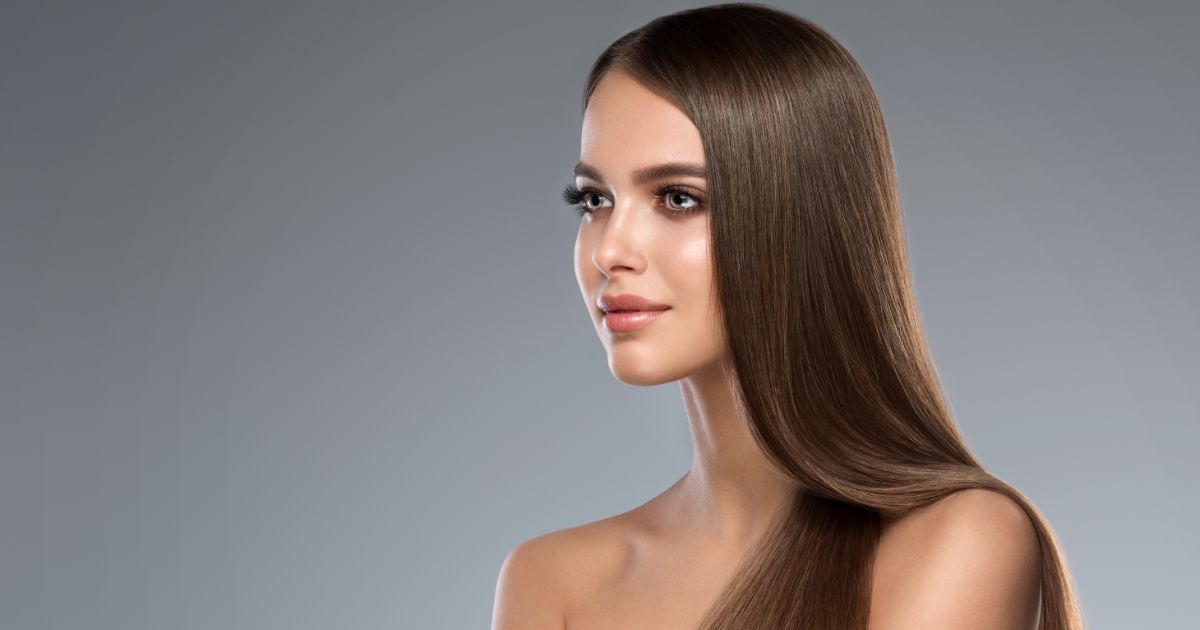
Hair art, sometimes called hairstyling art or creative hair design, takes hairstyling to a whole new level. It's about transforming hair into a canvas for artistic expression, pushing the boundaries of traditional cuts and styles.
The Evolution of Hair Art
Hair art extends beyond traditional hairstyling to encompass a wide range of artistic techniques, allowing individuals to express their creativity with individuality. From vibrant colors to complex braiding, hair art has become a captivating medium for self-expression and cultural commentary. Over the years, hair art has evolved significantly, influenced by cultural trends, technological advancements, and artistic innovation.
Historical Roots
Throughout history, hair has been a symbol of cultural identity, status, and beauty. Different cultures have utilized hair art to convey societal roles, tribal affiliations, or religious beliefs. For instance, in ancient Egypt, both men and women adorned their hair with intricate braids attached to beads. Wigs were commonly used, decorated with gold with precious stones, reflecting status and nobility. In many African cultures, hair art storytelling, with styles like cornrows and intricate braids, signifies lineage, age, with social position. Similarly, during the Victorian era, elaborate updos and curled hairstyles became popular among women, often accessorized with flowers, feathers, and jewelry, reflecting the elegance of the period.
20th Century Developments
The 20th century marked a significant surge in creative hairstyling driven by technological advancements. During the 1920s flapper era, the bob cut became iconic, symbolizing women's liberation and breaking from traditional norms. The 1960s and 1970s saw experimentation with bold colors voluminous styles, with cultural influences from the hippie and punk movements, reflecting a desire for self-expression. The 1980s and 1990s embraced eclectic styles like perms, high-top fades, and neon-colored hair, capturing the vibrant spirit of those decades. As the century progressed, hair art became more mainstream, so people began to experiment with new techniques, materials, and styles, paving the way for modern hair art.
Nail Art
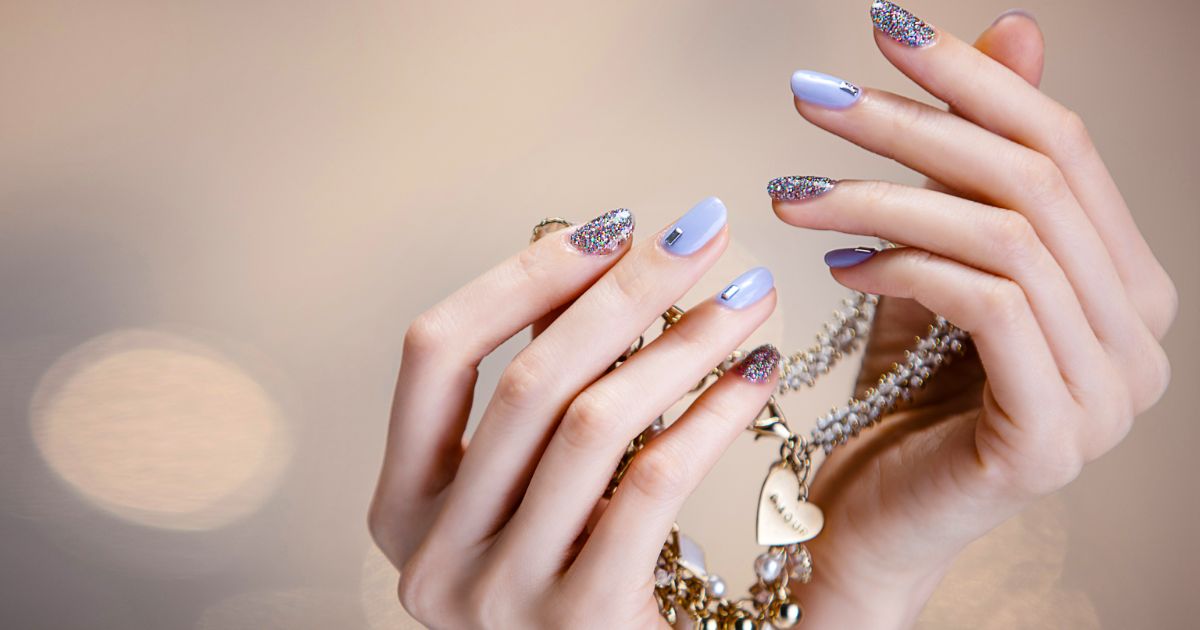
Nail art has blossomed into a vibrant and creative way to express yourself through your fingertips. It's no longer just about a simple coat of polish; it's about transforming your nails into tiny canvases for intricate designs, dazzling embellishments, and artistic flair.
Techniques in nail art
Techniques used in nail art include freehand painting with fine brushes, stamping pre-made designs onto nails, applying stickers or decals, using stencils for consistent patterns, and creating designs with dotting tools. Each technique offers a unique method to achieve artistic nail designs.
Materials in nail art
The materials and products used in nail art are diverse. Nail polish comes in a variety of colors and finishes, including regular, gel, and acrylic. Gel and acrylic nails provide a durable canvas for intricate designs. Other materials contain nail gems and rhinestones for adding 3D elements, fine-tipped brushes for detailed work, and nail art pens for precision drawing. These tools enable artists to create everything from simple designs to complex and textured looks.
Trends in nail art
Trends in nail art are constantly evolving. Classic styles like the French manicure, with its nude base and white tips, remain popular. Modern trends comprise ombre nails with gradual color transitions, marble nails with a swirled effect, matte nails with a non-glossy finish, negative space designs that incorporate unpainted areas, and 3D nail art with embellishments like beads or studs.
Nail art has a significant presence in popular culture. Celebrities and influencers often showcase elaborate nail designs, setting trends for their followers. High fashion designers incorporate nail art into their runway looks, making it an essential part of the overall aesthetic. Social media platforms like Instagram, Pinterest, and TikTok are filled with nail art tutorials, making it accessible to a wider audience.
Makeup Artistry
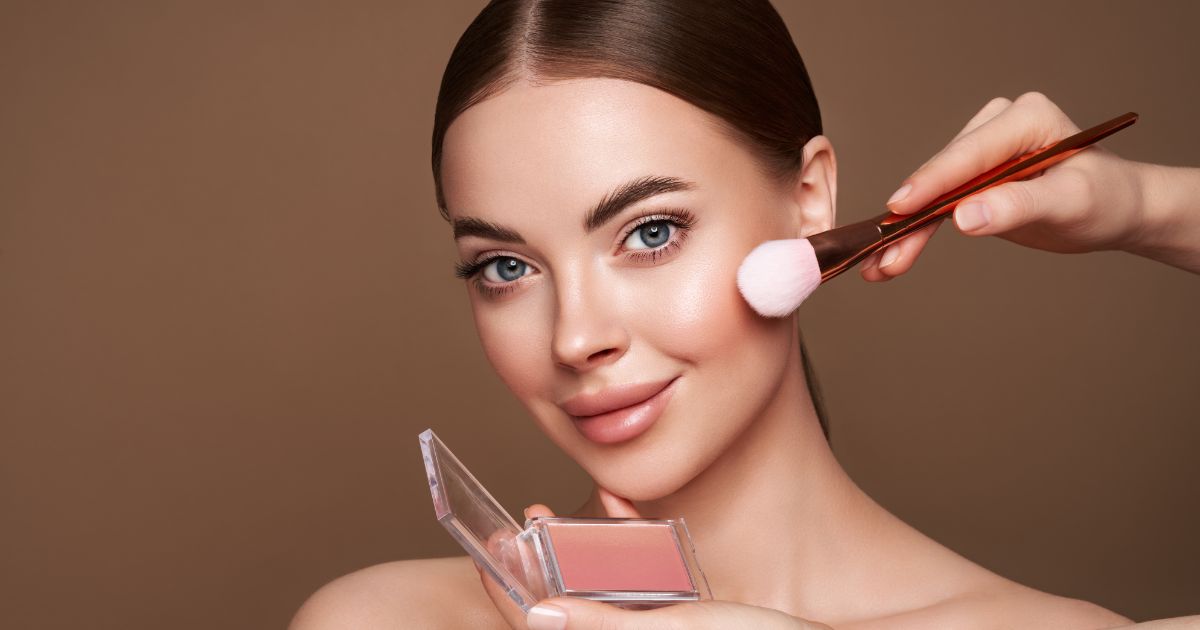
Makeup artistry transforms faces by using cosmetic products. Makeup artistry is more than just enhancing beauty; it's about creating specific looks, expressing individuality, and boosting confidence. Makeup artistry combines artistic skill with technical knowledge to create a variety of looks, from natural everyday makeup to elaborate transformative styles.
Techniques in Makeup Artistry
Techniques in makeup artistry comprise foundation application, which creates a smooth, even skin tone, using various types of foundation and blending techniques. Eye makeup enhances the eyes with eyeshadow, eyeliner, and mascara to achieve different effects like smokey eyes or cat eyes. Lip art applies lip products to define and color the lips. While special effects makeup uses prosthetics with other materials to create realistic wounds or fantastical creatures.
Materials in Makeup Artistry
Makeup artists use materials and products to achieve their desired looks. These contain cosmetics foundation, concealer, blush, eyeshadow, eyeliner, mascara, lipstick, and highlighter. Tools such as brushes, sponges, beauty blenders, and applicators are essential for specific makeup tasks. Specialty products are setting sprays, primers, and fixing powders used to ensure the longevity of the makeup.
Enhance your expertise with Skilltrans through their curated selection of related courses. Please click on the course name below to learn more:
Cartoon Drawing For Absolute Beginners
You will learn how to draw cute cartoon characters. Also, you will learn how to draw simple cartoon backgrounds. We’ll start with the basics. For example whats the anatomy of our cute cartoon characters and what shapes we’ll use to draw them. Then we’ll jump into different facial expressions so that you can express emotion with your characters. Also different hairstyles, a lot of practice sheets, and many more.
Drawing and Colouring: Birds and Flowers (Art as Meditation)
Nature influences art in many we can't imagine art without nature. As it is the source of inspiration for every artist, its the best way to start learning art through nature. Its a kind of meditation in which we relate ourselves with the beauty of nature. When you indulge yourself in activities related to nature you feel calm and relaxed.
In this course you will learn to make beautiful leaves, flowers and exotic and beautiful birds which will not only enhance your painting.
Character Art School: Complete Coloring and Painting
Character Art School is a 6 week learn-anywhere video course where you learn to become adept at coloring and painting professional characters. I’ve hand-crafted the Character Art School: Complete Coloring and Painting course to be the only course you need, to learn all the core fundamentals and advanced techniques to coloring and painting characters well. If you’re an absolute beginner or you’re already at an intermediate level, the course will advance your current ability to a professional level. The course is a comprehensive 5 module guided video course, where the only limit to your progression is your determination and engagement in the rewarding assignments.
Conclusion
Body art has expanded over millennia, reflecting the ever-changing tapestry of human culture, identity, and creativity. As body art evolves with technological advancements with cultural shifts, it remains a powerful testament to the human desire for self-expression. Whether as a marker of personal milestones or a tribute to cultural heritage, body art is a vibrant celebration of the human spirit.
Ultimately, body art is a personal art form that allows us to celebrate human beauty and transform ourselves into living works of art. If you want to learn more about body art, sign up for Skilltrans courses today. We will open the colorful doors of this art form.

Meet Hoang Duyen, an experienced SEO Specialist with a proven track record in driving organic growth and boosting online visibility. She has honed her skills in keyword research, on-page optimization, and technical SEO. Her expertise lies in crafting data-driven strategies that not only improve search engine rankings but also deliver tangible results for businesses.
